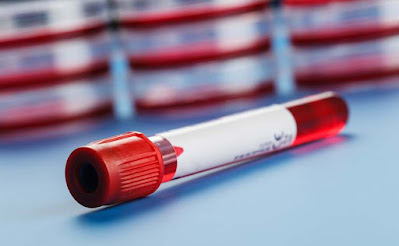Blood coagulation tubes are used all over the world, especially in regions such as Singapore, United States, and Italy. Blood coagulation tubes have many clinical implications, such as the treatment of embolism, thrombosis, and deep vein thrombosis. The most common cause of bleeding in liver disease. As such, tests with blood coagulation tubes can be used to monitor the progress of the liver disease. Liver disease can result in thrombosis, which is an accumulation of blood in one area or in another. Liver disease, if left untreated, can lead to complications such as portal hypertension and eventually to liver failure. This happens when the liver is unable to remove or eliminate the surplus blood from the area where the thrombosis is located.
Tests with blood coagulation tubes can also be used to monitor the progression of the symptoms of portal hypertension and peripheral arterial occlusive disease. These diseases are characterized by a progressive decrease in the blood flow to the peripheral areas of the body. Patients with portal hypertension and peripheral arterial occlusive disease may have increased levels of calcium in the cerebrospinal fluid caused by damage to the inner arterial walls, causing the blood coagulation to decrease. In regions such as the United States, the increasing prevalence of diagnostic and medical labs in the United States, has increased the usage of blood coagulation tubes. For instance, according to PhRMA Org, in 2020 there were around 28,140 labs in the U.S.
In acute liver diseases, blood coagulation tubes may be used to monitor the progression of the thrombotic process. Usually, this is done after the patient has died. The blood flow is studied over a period of several days. Newer procedures such as the transvaginal ultrasound, which can visualize blood coagulation tubes in the liver, are more commonly used these days. Other coagulation tests with blood coagulation tubes include the study of platelet and fibrin clot growth, which are caused by the coagulation of blood vessels with thromblasts. Another procedure called venography uses an infrared camera to detect vessel inflammation, either in the liver or in other tissues. If the inflammation is found within a blood vessel, thrombosis will be detected and the thrombus will be removed. In more specialized coagulation tests, ultrasound waves will be used to stimulate platelet and fibrin production.





No comments:
Post a Comment